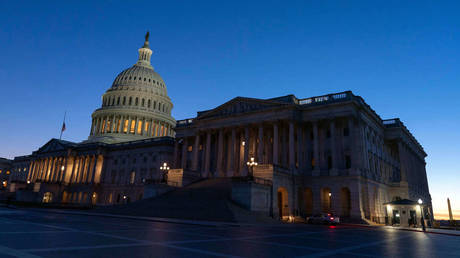
Ten years have passed since an Oslo bombing and shooting spree killed 77 Norwegians, with concerns over rising far-right extremism and a divisive debate about how to honor the attacks’ victims revealing unhealed national wounds.
Carried out by right-wing extremist Anders Behring Breivik, the attacks on July 22, 2011 killed 77 people, mostly teenagers, making it the worst mass casualty event in Norway since World War II.
On that fateful July day, Breivik detonated a fertilizer bomb outside a government office in Oslo, killing eight people. Shortly after, the far-right zealot, dressed as a police officer, went on an hour-long shooting spree on the island of Utoya, located in a lake northwest of the capital. He gunned down 69 people, the majority of them teens who were attending a summer camp run by the youth league of Norway’s Labour Party. Breivik surrendered after a police tactical unit arrived at the scene.
The far-right terrorist said that he was motivated by a desire to prevent an alleged Muslim takeover of Europe. He specifically targeted the Labour Party youth camp because he believed the political party had betrayed Norway by embracing multiculturalism.
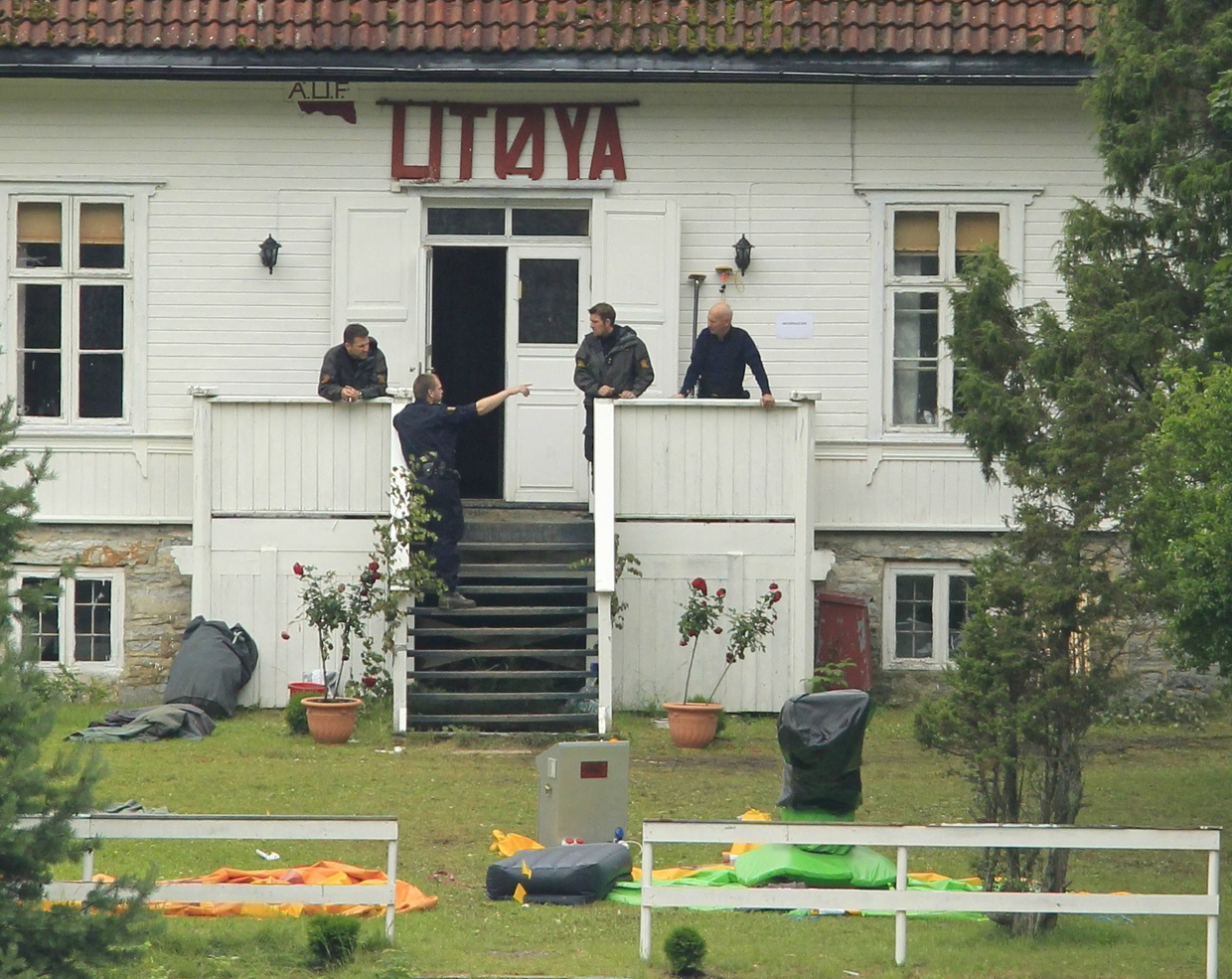
© TERJE BENDIKSBY / SCANPIX NORWAY / AFP
A year later, Breivik was sentenced to 21 years in prison for the attacks, which were viewed as acts of terrorism under Norwegian law, and his detention may be extended indefinitely if he is ruled a continued threat to society.
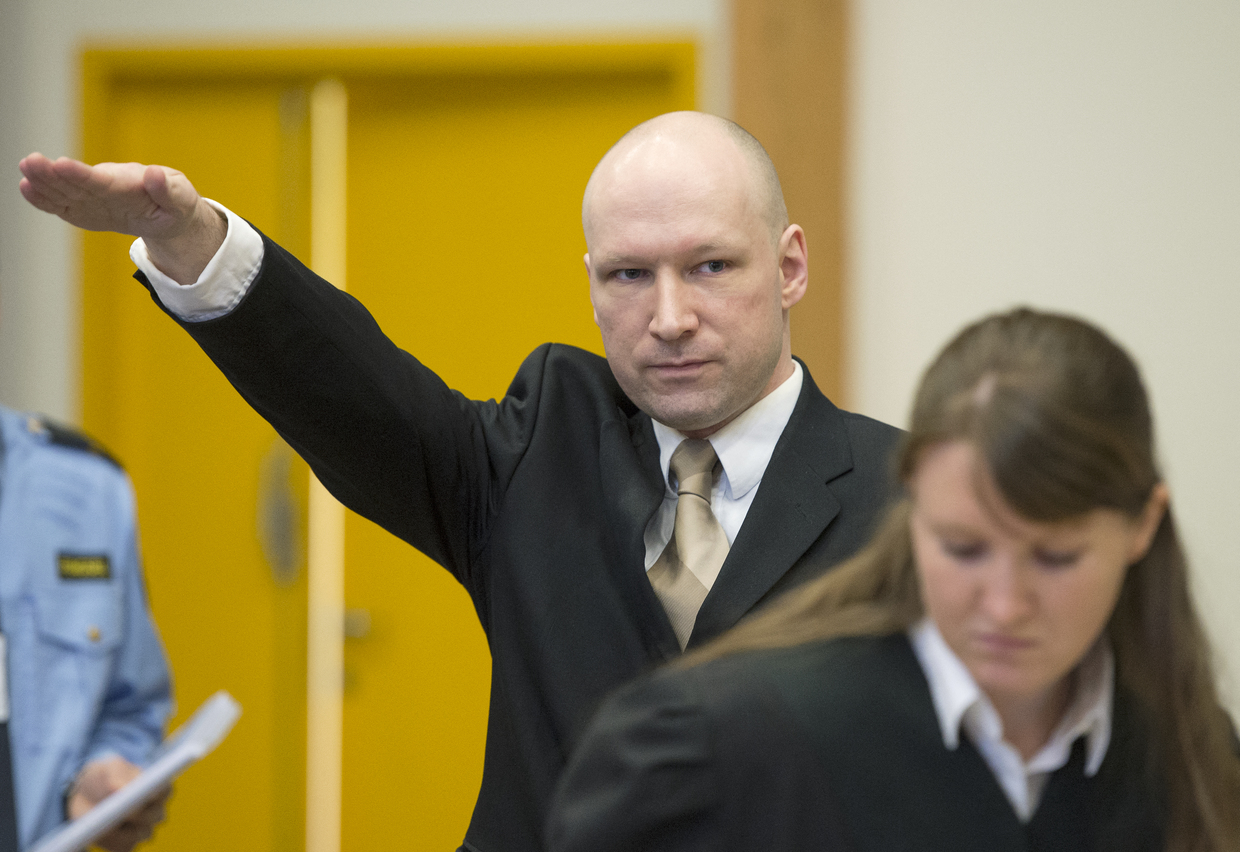
© JONATHAN NACKSTRAND / AFP
The attack has cast a long shadow on Norway and other countries around the world: Over the past ten years, Breivik has been blamed for inspiring far-right extremists to carry out copycat attacks.
In New Zealand in March 2019, Brenton Tarrant shot 51 people at two mosques. He said in a manifesto that he admired Breivik.
Less than six months later, Philip Manshaus killed his Asian-born stepsister before opening fire inside a mosque outside of Oslo.
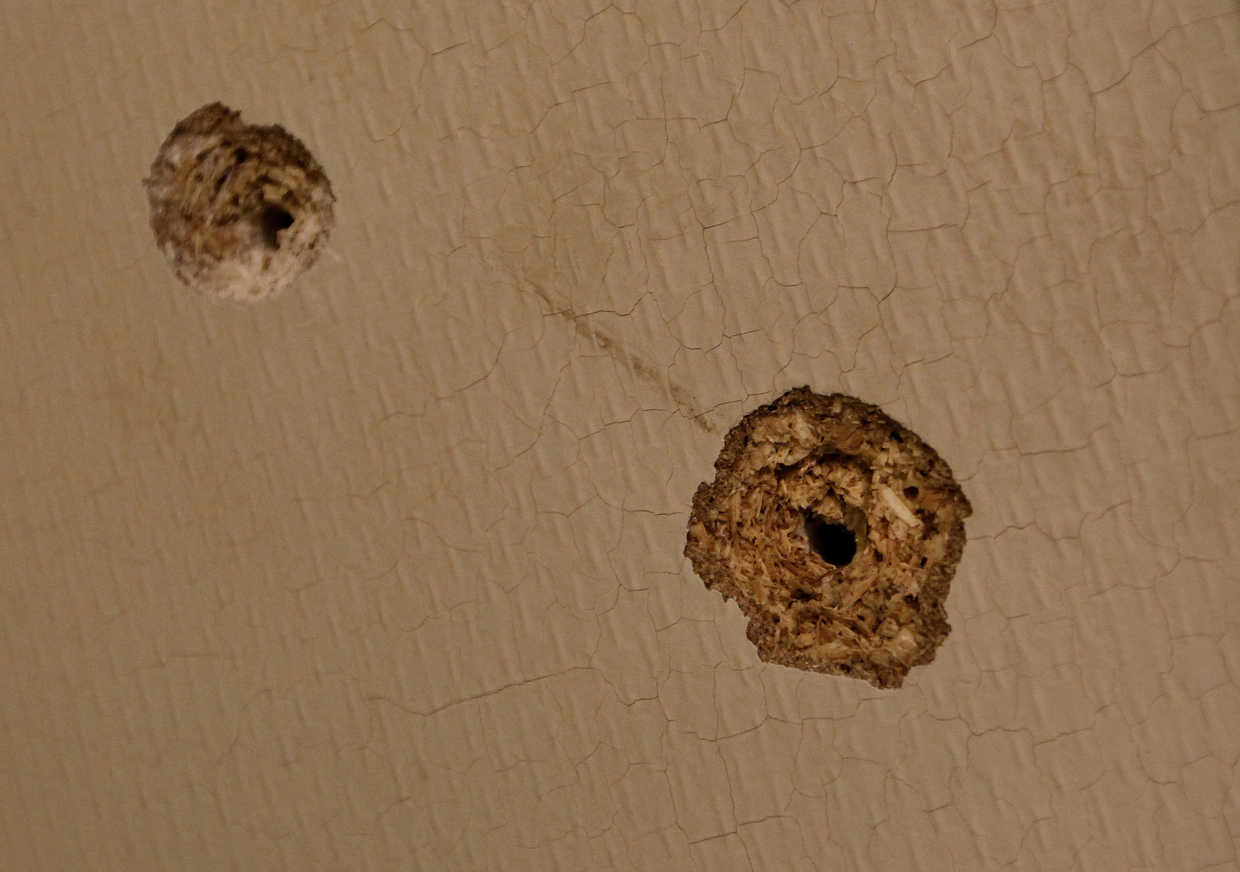
© REUTERS/Erlend Aas/ Scanpix
Elin L’Estrange, a survivor of the Utoya massacre, told AFP that the world has yet to come to terms with the “political aspect” of Breivik’s attacks.
Another survivor, Astrid Eide Hoem, told the outlet that Norway was still struggling to deal with the radical beliefs that sparked the mass killing.
“We’ve discussed memorials. We’ve discussed Breivik’s mental health. But we haven’t discussed the political ideology behind it,” she said.
The summer camp that they once attended has since been converted into a memorial and an education center aimed at raising awareness about the dangers of xenophobic extremism.
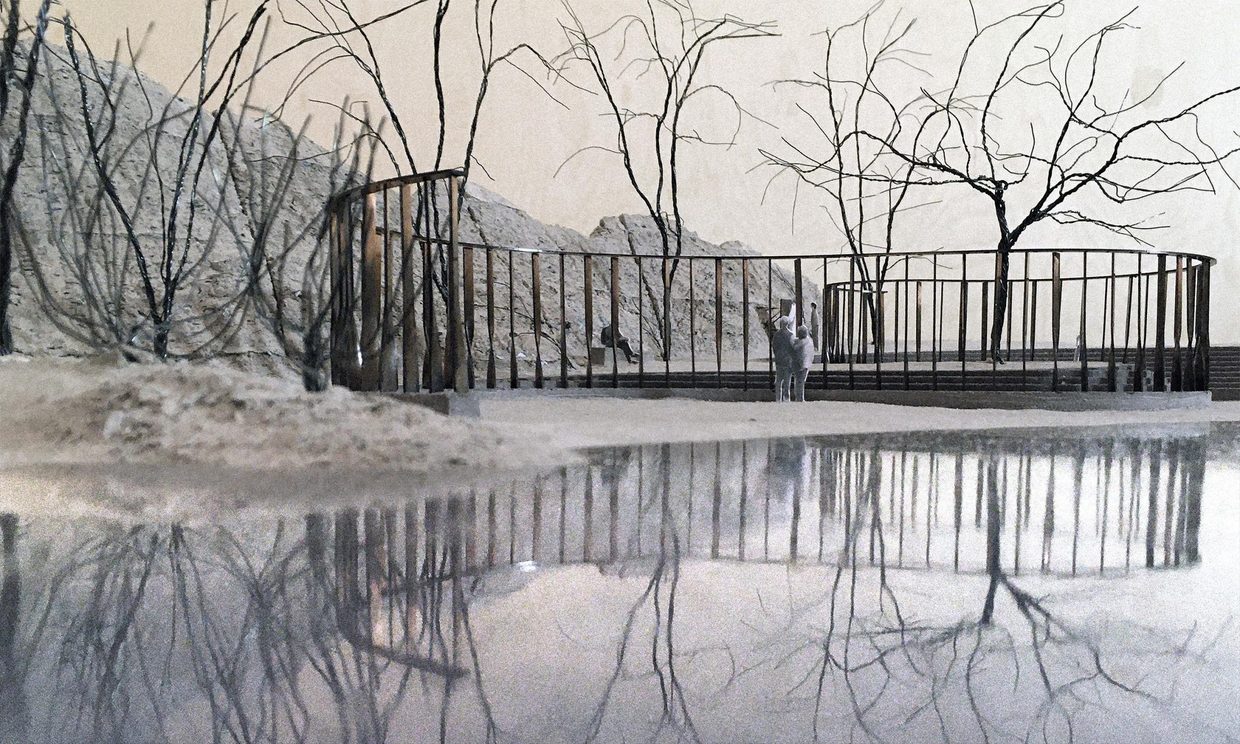
© Manthey Kula / Statsbygg / AFP
However, a memorial that has been years in the making remains unfinished due to disagreements over its design, and to legal hurdles. Local residents have reportedly opposed the memorial’s construction, while families of the victims have expressed regret that it won’t be ready in time to mark the 10th anniversary of the tragedy.
A ceremony, to be attended by Prime Minister Erna Solberg, survivors and relatives of the victims, will be held on Thursday in Oslo outside what was once the prime minister’s office. The building, which was damaged in the attacks, remains an empty shell due to disagreements over how to rebuild it – further illustrating how Norway has struggled to move forward since the horrific decade-old events. A separate ceremony will be held on Utoya island.
Meanwhile, Breivik is hoping to cash in on his terrorist acts by selling rights to a film and book about his life. According to reports from earlier this month, the mass killer, now 42, has sent 20 letters to filmmakers asking them to retell his life story on the silver screen. He is reportedly hoping to sell film rights, as well as his autobiography, for around $10 million.
Subscribe to RT newsletter to get stories the mainstream media won’t tell you.




